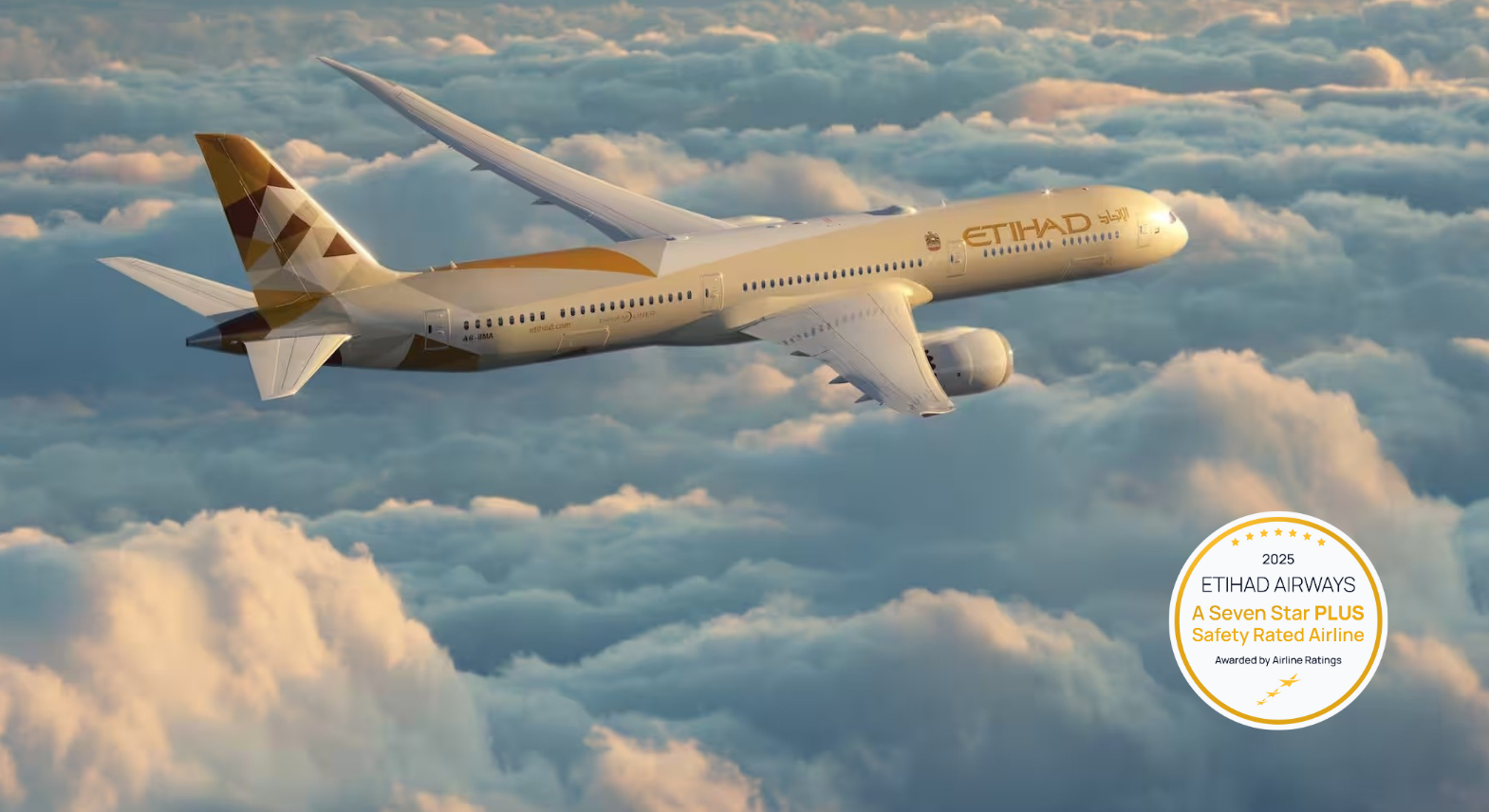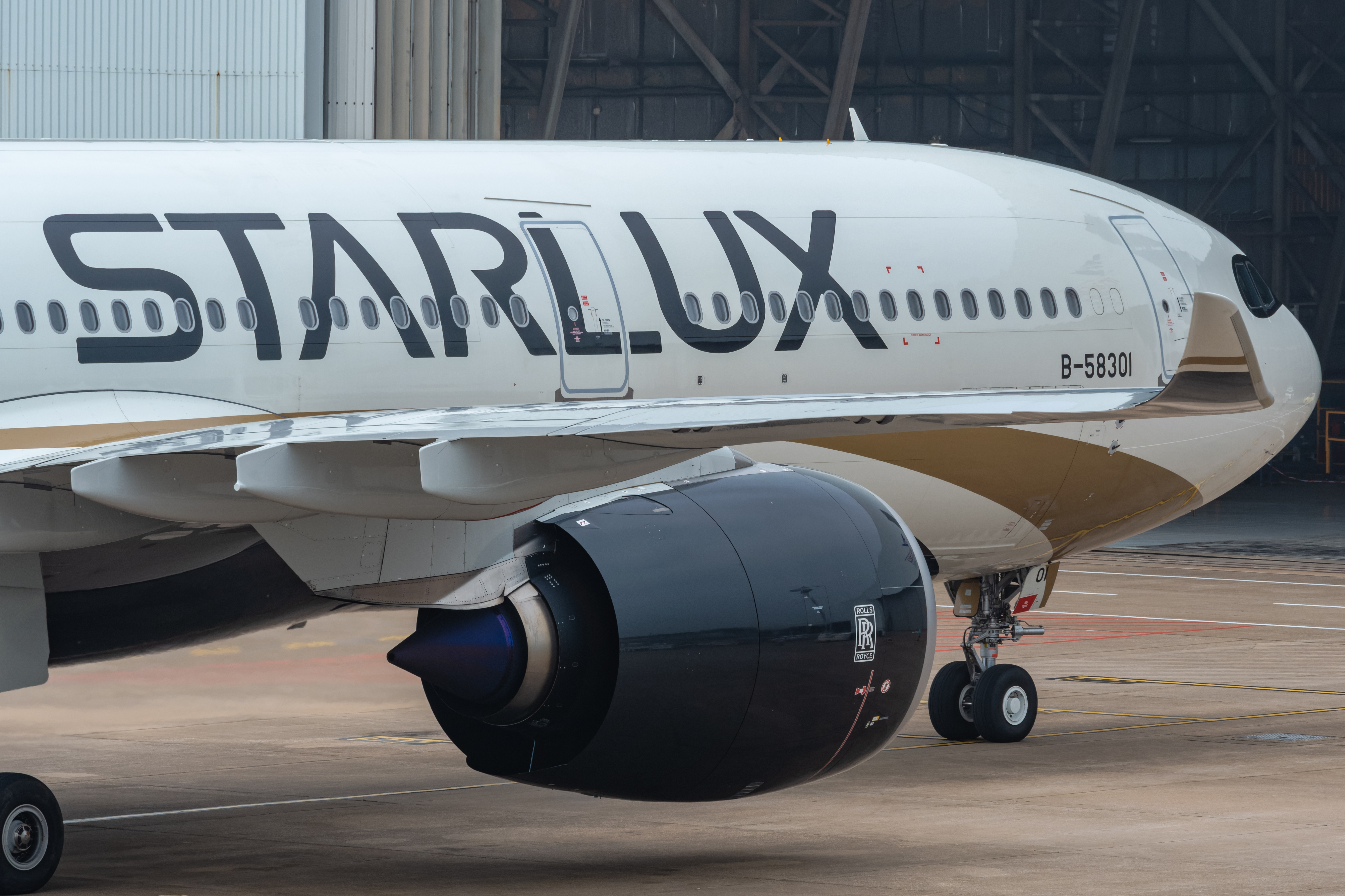By Steve Creedy
Published Sun Jun 18 2017
Some passengers are continuing to ignore repeated warnings to keep seat belts buckled during cruise and paying the price.
An incident on Sunday, June 18 saw 26 people injured, four seriously, when a China Eastern Airbus A330-200 flying from Paris Charles de Gaulle to the Chinese city of Kunming.
The aircraft was flying at 39,000 feet over Russia when it encountered severe turbulence that caused two big jolts and caused the aircraft to descend rapidly and climb, according to The Aviation Herald website.
The aircraft was about six hours away from its destination and the airline said the fasten seat belt signs were illuminated. Some passengers who failed to heed the warning or adopt the recommended practice of keeping seat belts fastened hit overhead lockers during the 10-minute incident.
The Xinhua news agency reported passengers suffered bone fractures, scalp lacerations and soft tissue injuries caused by falling baggage or after hitting the overhead lockers. Four were hospitalised.
On June 20, 10 people were injured when a United Airlines Boeing 737 hit severe turbulence while travelling between Panama City and Houston. Nine passengers and a crew member were taken to hospitals after the aircraft landed safely in Houston.
The incidents come after nine people were injured after a KLM Boeing 747-400 hit turbulence approaching Hong Kong earlier this month and Aeroflot Boeing 777 travelling from Moscow to Bangkok resulted in 27 passengers being taken to hospital, some with broken bones.
A world-first British study in April warned that the chances of being tossed around an aircraft cabin by severe turbulence could triple in coming years due to climate change.
Although technology allowing aircraft to detect unexpected turbulence has improved, clear air turbulence remains difficult to distinguish and there are still incidents where passengers and cabin crew are injured.
Read: Cutting turbulence injuries: the real-time connection.
It is already estimated to cost US carriers $US200 million annually and Increased turbulence has implications for aircraft insurers and for the efficiency of airline operations.
The study, published in the journal Advances in Atmospheric Sciences, used supercomputer simulations to look at how a doubling of carbon dioxide in the atmosphere would affect wintertime turbulence levels on trans-Atlantic routes at about 39,000ft. it said that level of CO2 was widely expected to occur later this century.
The results showed the average amount of light turbulence in the atmosphere will increase by 59 per cent with light-to-moderate turbulence rising by 75 per cent, moderate by 94 per cent, moderate-to-severe by 127 per cent and severe by 149 per cent.
The reason for this, according to the study, is that climate change is generating stronger wind shears within the jet stream and that these are a major cause of turbulence.
Have questions or want to share your thoughts?
Get In Touch





